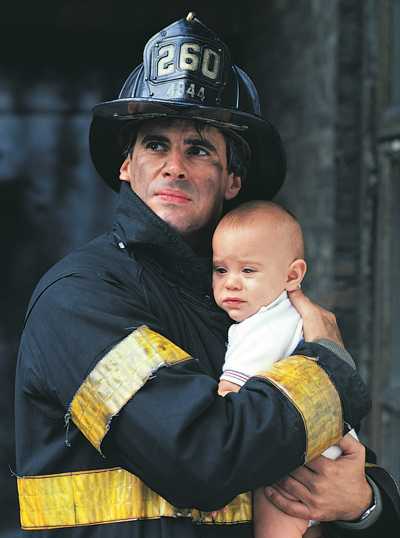Addressing Preparedness Challenges for Children in Public Health Emergencies
Tuesday, March 17 at 1pm EST.
 Public health emergencies can happen at any time, anywhere. Natural disasters, epidemics, and terrorist attacks that have occurred in recent years have underscored the importance of local, state, and federal public health systems in preparing for potential health threats. Public health emergencies, such as Hurricane Katrina, the 2009 H1N1 influenza pandemic, and 9/11 have shown that children have different needs than adults, and require special attention, such as pediatric-focused care. However, responses to past events also show that the unique needs of children have not been adequately addressed in the planning process.
Public health emergencies can happen at any time, anywhere. Natural disasters, epidemics, and terrorist attacks that have occurred in recent years have underscored the importance of local, state, and federal public health systems in preparing for potential health threats. Public health emergencies, such as Hurricane Katrina, the 2009 H1N1 influenza pandemic, and 9/11 have shown that children have different needs than adults, and require special attention, such as pediatric-focused care. However, responses to past events also show that the unique needs of children have not been adequately addressed in the planning process.
Incorporating the needs of children into emergency preparedness planning is critical. A child's age and size may require the use of different medications or equipment for medical care, but availability of these pediatric resources is often limited. Clinicians accustomed to performing certain procedures on adults often do not feel comfortable performing these same procedures on a child – posing dilemmas for individual responders during times of emergency.
This session of Grand Rounds will discuss strategies to address the unique vulnerabilities of children in every stage of emergency planning. Presenters will also highlight the strong progress that has been made in pediatric disaster readiness as well as the collaboration that is still needed between public health professionals and pediatric care providers to improve the outcomes for children during emergencies.
Presentation
March 2015
Beyond the Data Beyond brings you "take home" messages for you to use in your practice, in your classroom and in your home.Dr. Phoebe Thorpe and Dr. Georgina Peacock discuss ways in which we can better provide for the needs of children during public health disasters. We have made great strides over the years but there is always more work to do.
Public health systems must:
- Ensure medications and equipment for children are readily available
- Continue to provide recommendations to help everyone prepare for disasters
Families need to:
- Have extra medication and supplies on hand in case of evacuation
- Identify alternative power options for medical equipment in the event there is a power outage
Health professionals can
- Participate in disaster drills to identify ways in which they can provide assistance
- Use available resources to educate families on planning for emergencies
Presented By:
Georgina Peacock, MD, MPH
Director, Division of Human Development and Disability
National Center on Birth Defects and Developmental Disabilities, CDC
"Meeting the Needs of Children in Public Health Disasters"
Michael R. Anderson, MD, MBA
Chief Medical Officer, University Hospitals
Associate Professor, Department of Pediatrics
Case Western Reserve University School of Medicine
"Preparing Hospitals to Provide Pediatric Care during Disasters"
Esther Chernak, MD, MPH
Director, Center for Public Health Readiness and Communication
Associate Research Professor, Department of Environmental and Occupational Health
Drexel University School of Public Health
"Integrating Community Pediatric Practices into Disaster Preparedness"
Nicole Lurie, MD, MSPH
Rear Admiral, U. S. Public Health Service
Assistant Secretary for Preparedness and Response
U. S. Department of Health and Human Services
"Strengthening Resilience in Pediatric and At-Risk Populations"
Facilitated By:
John Iskander, MD, MPH, Scientific Director, Public Health Grand Rounds
Phoebe Thorpe, MD, MPH, Deputy Scientific Director, Public Health Grand Rounds
Susan Laird, MSN, RN, Communications Director, Public Health Grand Rounds
Additional Resources:
Continuing Education
This session is available for Continuing Education. Click here for more information.
- Page last reviewed: March 5, 2015
- Page last updated: March 5, 2015
- Content source:
- Centers for Disease Control and Prevention
- Page maintained by: Office of Associate Director of Communication, Division of Public Affairs



 ShareCompartir
ShareCompartir